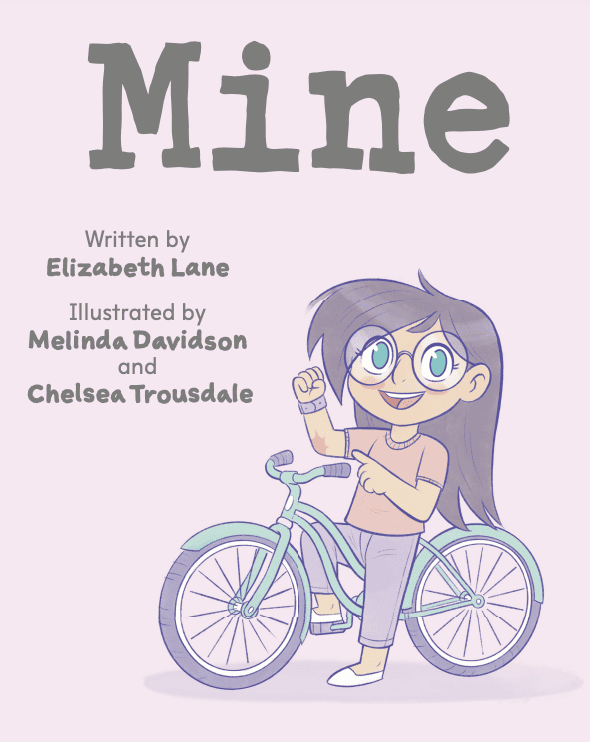Join Waterford’s Science of Reading virtual summit to explore how the brain learns to read and get strategies for effective, research-based instruction from literacy expert and Vice President of Curriculum Julie Christensen. Guidance for teachers and administrators is included.
Plus, find upcoming and on-demand video series led by early education experts through the Webinar Library, featuring topics chosen with administrators in mind, like:
- Impactful Family Engagement Made Easy
- Understanding the Six Instructional Strands for Literacy
- Professional Learning: Teaching the Science of Reading
Let’s explore reading fluency, an important support for reading comprehension. In this article you’ll discover strategies for fostering reading fluency in the classroom, along with five free activities teachers can use with their students!
What are Reading Fluency and Orthographic Mapping?
Reading fluency is the ability to read at an appropriate pace, with good accuracy, and with natural expression. In a Waterford webinar, Julie Christensen defined fluency as “reasonably accurate reading, which is typically 95% or more accuracy, at an appropriate rate.”
The building blocks for reading fluency are put in place early in a student’s literacy development, beginning with the ability to quickly and accurately name letters and recall letter-sound correspondences. As students develop phonological awareness and phonics skills, they build a strong sight word bank through the orthographic mapping process. Orthographic mapping is a process that builds reading fluency because it bonds the spelling, pronunciation, and meaning of individual words together. This enables students to recognize an increasing number of words automatically. All words that can be recognized automatically by a student are “sight words” for that student.

As students develop reading fluency, the cognitive load previously dedicated to decoding is decreased, allowing students to devote more focus to understanding the meaning of texts. Fluent reading supports reading comprehension which then strengthens a student’s motivation to learn.
Since reading fluency includes reading at an appropriate pace, it is often misunderstood as teaching students to read as fast as they can. However, a student’s reading comprehension can be harmed by a focus on reading quickly. Keep in mind what reading fluency entails as you work with students.
Reading fluency is NOT:
- Text memorization
- Reading as quickly as possible
- Repeated reading of passages that are too difficult for a student to read fluently after several tries
Reading fluency goals include:
- Reading at an appropriate pace
- Good accuracy
- Natural expression
Reading Fluency Strategies in Schools
 Word Mapping Instruction
Word Mapping Instruction
To support fluency development in your school, encourage teachers to focus on building students’ sight word banks. Teachers can guide students through the word mapping process to build their orthographic mapping skills, identifying the phonemes in a word and connecting each sound with the letter or letters that represent it. This approach can be used with high-frequency words as well as groups of words that follow the same spelling pattern, according to David A. Kilpatrick in his book Essentials of Assessing, Preventing, and Overcoming Reading Difficulties.
Repeat Exposure
When readers have repeated exposure to a specific word, the word’s spelling, pronunciation, and meaning are permanently linked in their memory. The student is able to process the word automatically (or with automaticity) when they see it in print. They no longer have to methodically decode that word—it is now part of their sight word bank. Each sight word adds to their ability to read fluently.
Incorporate Explicit Instruction
According to Christensen, flashcards can be a useful sight word activity for building a student’s sight word bank. They should not be used as a memorization tool without explicit instruction. Instead, flashcards are best used only to reinforce word recognition after students have worked through the orthographic mapping process with the individual words or with words that share the same spelling pattern.
Focus on Accuracy and Meaning
Additionally, your teachers can help students become more fluent readers by focusing on accuracy and meaning. Focusing on reading quickly can overwhelm students and lead to more errors and less accuracy. If a teacher asks you for advice because a student is having trouble reading a sentence or text, encourage them to have the student slow down or practice reading fluently with a less challenging passage.
5 Reading Fluency Activities for Elementary Students
Share these free Waterford resources with teachers to foster reading fluency and reading comprehension. These reading fluency games and activities are engaging, fun, and backed by research. They can be used as classroom activities, home learning resources, or reading fluency interventions for students.
 1. Speed isn’t everything when it comes to reading fluency, but one-minute readings of appropriately leveled text can be helpful when combined with a strong focus on reading comprehension.
1. Speed isn’t everything when it comes to reading fluency, but one-minute readings of appropriately leveled text can be helpful when combined with a strong focus on reading comprehension.
2. Reading comprehension can be improved by guiding students to read with expression. As students read aloud, teachers should ask them to reflect on the story’s events and imagine themselves in each character’s shoes.
For a free picture book to read aloud with students, use Mine by Elizabeth Lane–a story about a young girl and her family (available here in Spanish).
3. Families play a crucial role in supporting their child’s learning, and working together with families is key to a student’s success. To give them ideas for practicing reading fluency at home, share this activity sheet with the families in your school (available in Spanish here).
4. Provide students with models of fluent reading. Encourage teachers to read aloud to their students regularly, then let students practice by following along with this fluency modeling video.
5. Building a large bank of sight words is essential for developing reading fluency. These sight word flash cards can be used to practice the orthographic mapping process, identifying the sounds within words and matching those sounds with the letter or letters that represent them.
Read Waterford’s full Foundations of the Science of Reading article series and learn how to support your teachers with research-driven strategies as they plan for classroom instruction. Continue learning with the next three articles:

